7 Essential Ethiopian Spices You Need to Elevate Your Kitchen Game!
Spice up your culinary adventures with a journey into the vibrant and aromatic world of Ethiopian cuisine! Known for its deep flavors, complex spice blends, and communal eating traditions, Ethiopia offers a treasure trove of spices that can transform even the simplest dishes. In this article, we’ll take you through a flavorful tour of the Ethiopian spices list, complete with practical tips, usage ideas, and a handy buying guide.
Whether you're a seasoned chef or a home cook looking to explore new flavors, this guide will give you everything you need to know about these bold, earthy, and utterly addictive spices.
Table of Contents
- What Makes Ethiopian Spices Unique?
- The 7 Must-Have Ethiopian Spices
- How to Use Ethiopian Spices in Everyday Cooking
- Ethiopian Spice Blends: From Berbere to Mitmita
- Buying Guide: Choosing the Best Ethiopian Spices
- Where to Buy Authentic Ethiopian Spices Online
- Final Thoughts
What Makes Ethiopian Spices Unique?
Ethiopian cuisine is as diverse as the country’s many ethnic groups, each contributing their own signature spice combinations. Unlike other African or Middle Eastern cuisines, Ethiopian cooking often revolves around slow-simmered stews (called *wats*), served on spongy flatbread known as *injera*. The flavor base comes not from single spices but carefully crafted blends like berbere and mitmita.
The unique characteristics of Ethiopian spices include:
- Earthy warmth: Many Ethiopian spices rely heavily on cumin, coriander, and fenugreek for a grounding, rich flavor.
- Heat with depth: Chili peppers are common but balanced with sweet and floral notes.
- Aromatic complexity: Ingredients like ginger, cardamom, and allspice add layers of fragrance.
In short, Ethiopian spices aren’t just about heat — they’re about harmony.
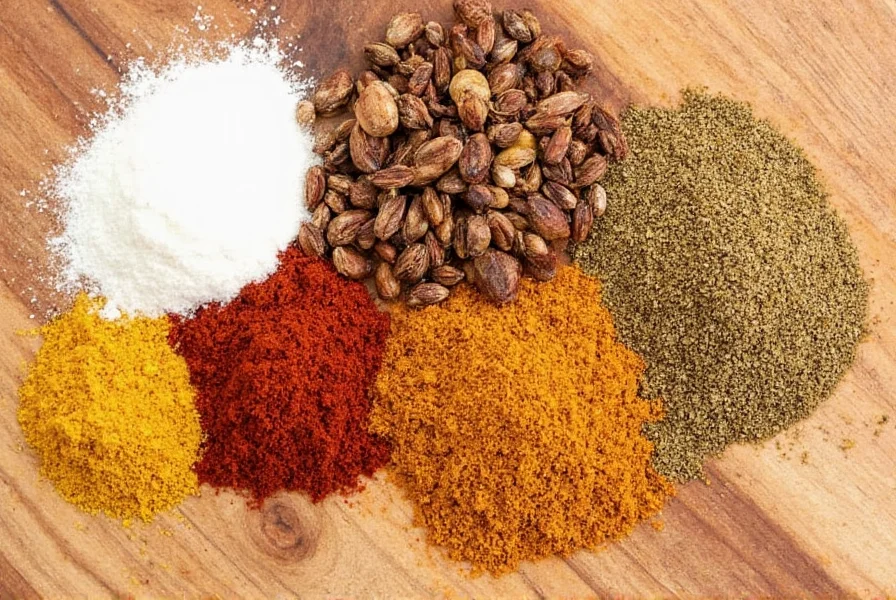
The 7 Must-Have Ethiopian Spices
Here’s a breakdown of the most iconic spices found in traditional Ethiopian kitchens. Each one plays a key role in building the distinct flavor profiles of popular dishes like Doro Wat, Shiro Wat, and Alicha Wat.
| Spice Name | Main Flavor Notes | Common Uses |
|---|---|---|
| Berbere | Spicy, smoky, earthy | Base for most stews, especially Doro Wat |
| Mitmita | Fiery, fruity, slightly sweet | Condiment for raw meat dishes like Kitfo |
| Korerima (Ethiopian Cardamom) | Floral, citrusy, herbal | Used in coffee ceremonies and stew blends |
| Nigella Seeds (Kuger Azmudar) | Onion-like, bitter, aromatic | Tempering oil before adding other spices |
| Fenugreek | Bitter, maple-like sweetness | Found in spice blends and lentil-based dishes |
| Jalapeño Pepper (Locally Used) | Mild to medium heat, vegetal | Used fresh or dried in some regional recipes |
| Coriander Seed | Citrusy, nutty, slightly sweet | Added to berbere and other spice mixes |
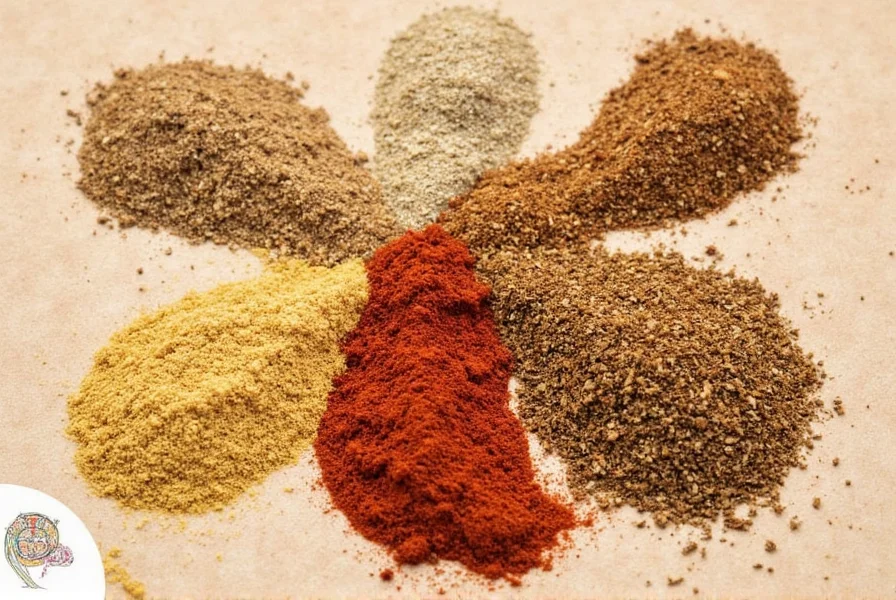
How to Use Ethiopian Spices in Everyday Cooking
You don’t need an injera press or a clay pot to start experimenting with Ethiopian spices at home. Here are some easy ways to incorporate them into your daily meals:
- Make your own spice blends – Mix ground berbere with olive oil and roast vegetables for a fiery side dish.
- Add to soups and stews – A pinch of korerima or fenugreek can elevate a basic tomato soup.
- Spice up rice or grains – Toast nigella seeds in ghee before adding rice for a nutty, fragrant twist.
- Use mitmita as a seasoning – Sprinkle on grilled meats, eggs, or roasted potatoes for a spicy kick.
- Infuse oils or dressings – Infuse olive oil with berbere for use in salad dressings or marinades.
Pro tip: Ethiopian spices perform best when bloomed in oil first — it unlocks their full flavor potential.
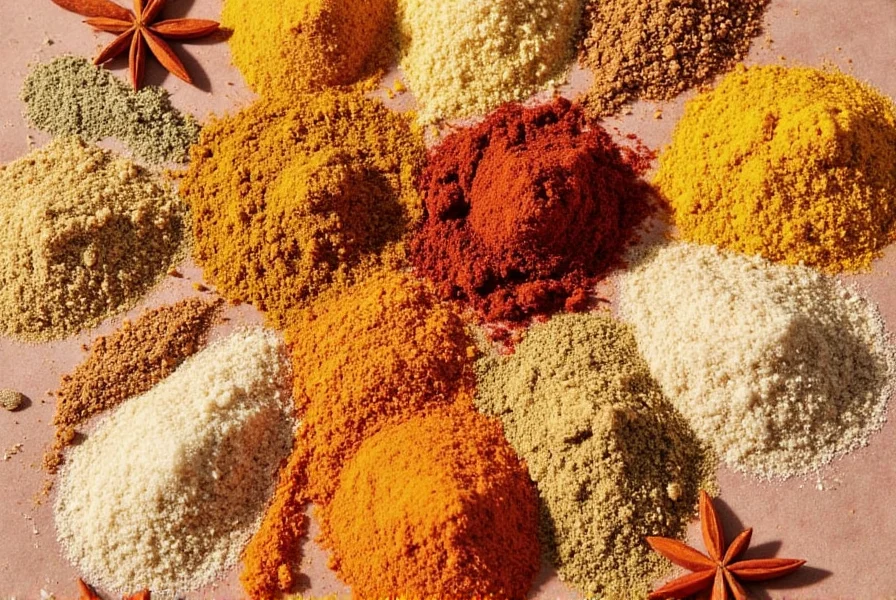
Ethiopian Spice Blends: From Berbere to Mitmita
While individual spices are powerful on their own, Ethiopian cuisine shines through its legendary blends. These pre-mixed spice combinations save time and offer a consistent taste profile across dishes.
Berbere
The king of Ethiopian spice blends, berbere is a mixture of chili peppers, garlic, ginger, basil, korarima, and more. It's the backbone of many stews and sauces.
Mitmita
This blend packs a punch! Made from super-hot chilies, cardamom, cloves, and salt, mitmita is used sparingly but adds incredible depth to raw or cooked meats.
Shiro Berbere
A milder version of regular berbere, specifically formulated for lentil-based dishes like shiro wat.
Tikur Azmudar (Black Cumin)
Often confused with regular cumin, Tikur Azmudar has a stronger, earthier aroma and is commonly used in spice blends and vegetable dishes.

Buying Guide: Choosing the Best Ethiopian Spices
If you’re new to Ethiopian spices, selecting high-quality ingredients can be overwhelming. Here’s a breakdown of what to look for when purchasing:
Top Picks for Ethiopian Spice Brands
| Brand | Best For | Features | Price Range |
|---|---|---|---|
| Sheba Superfoods | Berbere lovers | Hand-blended, organic, no preservatives | $8–$12 per 100g |
| Zemen Market | Mitmita fans | Premium quality, imported directly from Ethiopia | $9–$15 per 100g |
| Ethiopia Gold | All-around collection | Offers bundles with multiple spices and blends | $30–$50 for starter kits |
| Debre Zeit Spice Co. | Homemade enthusiasts | Grinding service available; customizable blends | $10–$20 per 100g |
Key Buying Tips
- Check ingredient lists – Avoid unnecessary additives like anti-caking agents or artificial colors.
- Opt for organic options – Better flavor and purity, especially for long-term storage.
- Buy small batches – Freshness matters! Spices lose potency over time.
- Smell before buying – If shopping in person, fresh spices should have a strong, vibrant aroma.
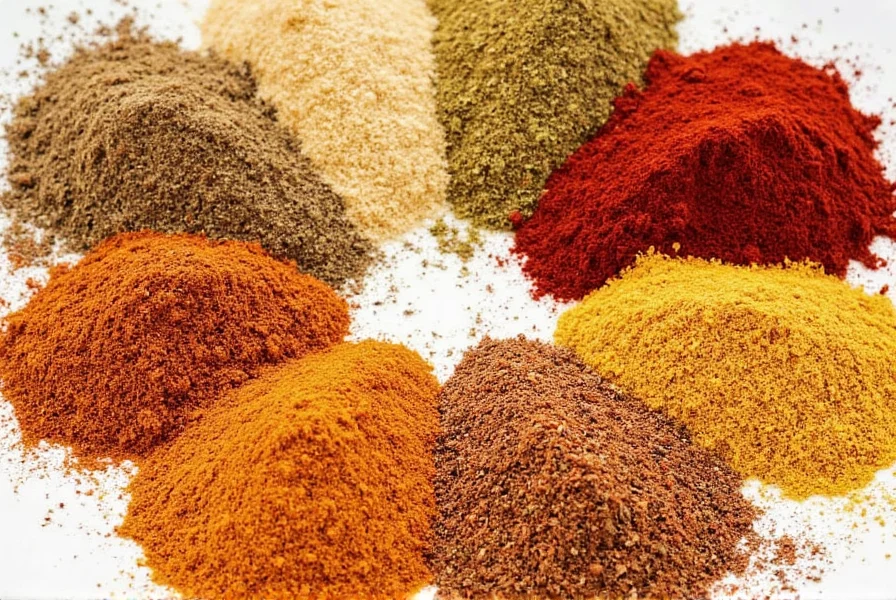
Where to Buy Authentic Ethiopian Spices Online
Thanks to growing global interest in Ethiopian cuisine, you can now find authentic Ethiopian spices online from specialty stores and international markets.
Some trusted online sources include:
- Ethiopian Food Market – Offers a curated selection of spices, pastes, and blends shipped worldwide.
- Amazon – Great for convenience, though double-check reviews for quality assurance.
- Etsy – Supports small, artisanal producers who handcraft blends using traditional methods.
- Local African Markets – If near a major city with an Ethiopian community, visit local shops for fresh, locally made spices.
Look for vendors who emphasize sourcing from Ethiopia and provide details about their production process.
Final Thoughts
Ethiopian spices bring bold flavor, cultural richness, and culinary creativity into any kitchen. Whether you're recreating traditional dishes or simply spicing up your weekly meal prep, this ethiopian spices list gives you the tools to do it right.
From the fiery depths of mitmita to the warm embrace of berbere, these spices are your gateway to one of Africa’s most celebrated flavor profiles. So grab a mortar and pestle, stock your pantry, and let your taste buds travel to the highlands of Ethiopia.

Stay curious, keep experimenting, and remember — the soul of Ethiopian food lies in sharing, storytelling, and, of course, sensational spice.

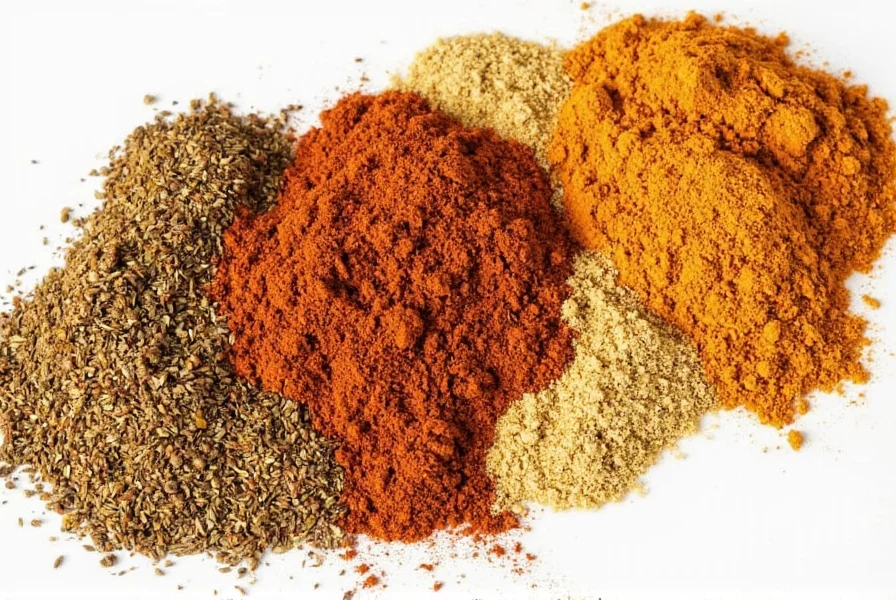









 浙公网安备
33010002000092号
浙公网安备
33010002000092号 浙B2-20120091-4
浙B2-20120091-4